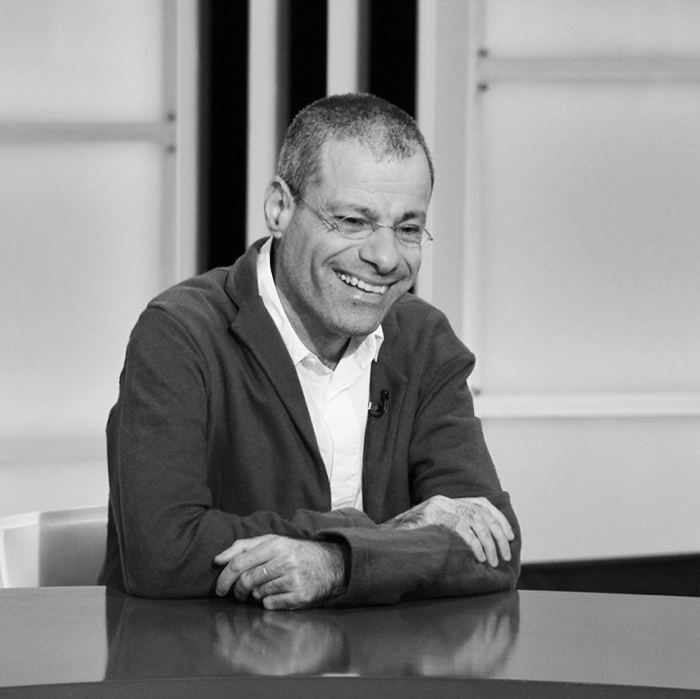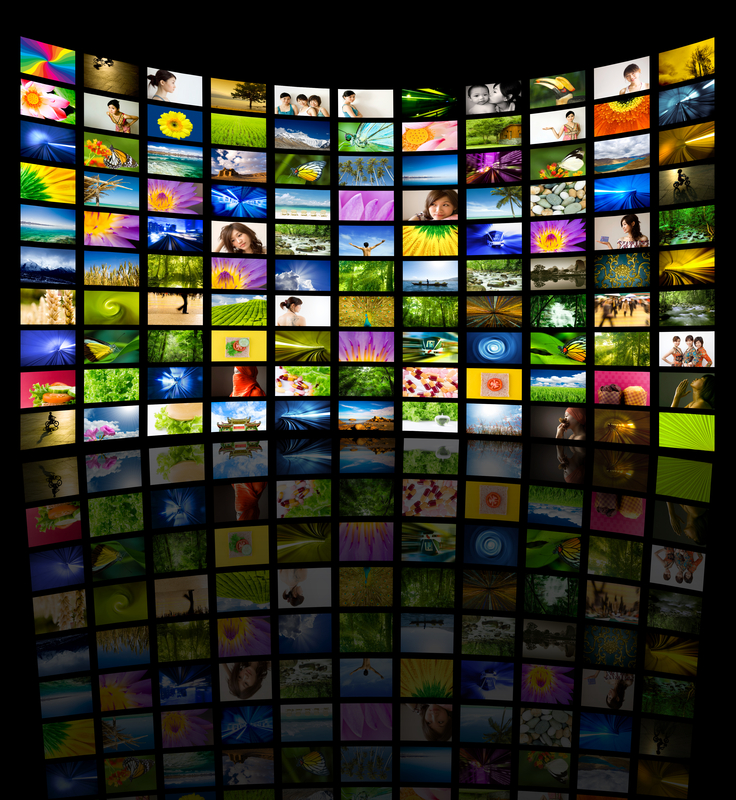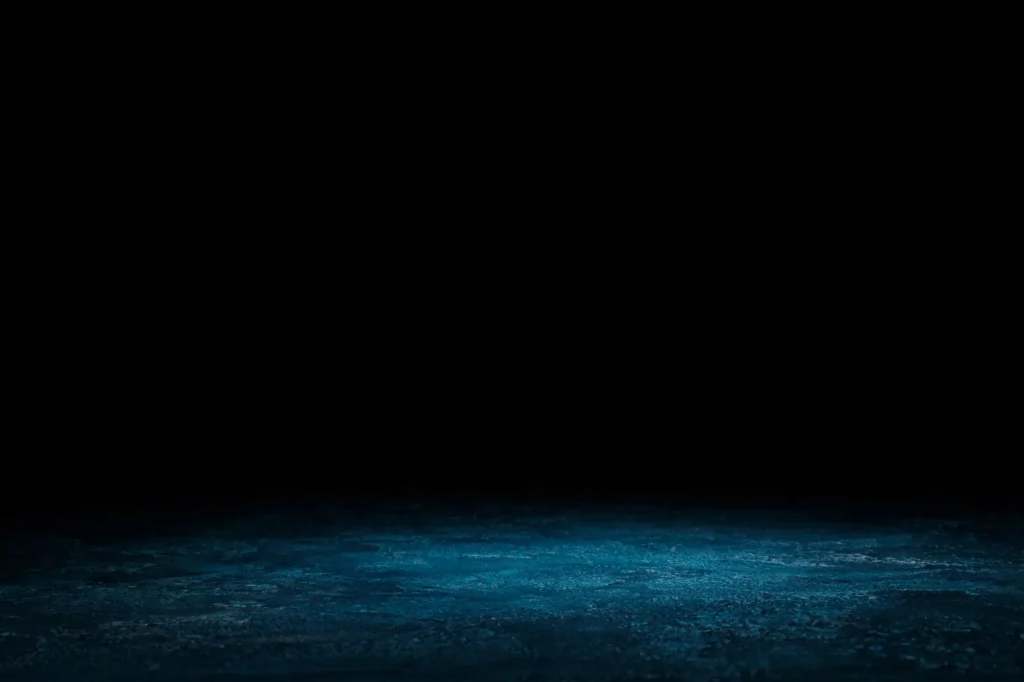Football fandom across the GCC is big and only getting bigger, especially in Saudi Arabia, where we opened our new Middle East HQ last year. Driven by a young, football-loving demographic and investments across every area of football as part of Saudi Arabia’s Vision 2030, next year’s World Cup represents a huge opportunity for brands and fans. This is despite a less favourable set of time zones compared to 2022.
Saudi Arabia has one of the most youthful populations in the world, with estimates from Reuters suggesting that 63 per cent of the Kingdom’s population is under 30 years of age. This young football-obsessed fanbase means fandom in Saudi Arabia overindexes for traits we commonly see among Gen-Z fans globally, especially when it comes to following the biggest players, 38 per cent of Gen-Z fans in Saudi Arabia, and 24 per cent of those over 25 say that they’re more interested in players than teams – that’s 9 per cent and 5 per cent higher than the same demographics globally. This means their engagement with major tournaments like the World Cup goes well beyond the performance of their own nation, given the host of superstar players on show throughout the tournament.
When it comes to football, few tournaments can compete with the World Cup for global star power. But, of course, national pride also plays a big part, and with an expanded tournament featuring 48 teams compared to the 32 we saw in Qatar there are more chances than before for teams from the GCC.
At the time of writing, six teams are scheduled to feature in the October play-offs for the remaining automatic AFC qualification spots for 2026, with Saudi Arabia favourites to qualify from their group given their home advantage playing both games against Indonesia and Iraq in Jeddah. It’s no surprise that 60 per cent of fans in Saudi Arabia are fans of the World Cup’s expansion.
A desire from fans to follow the biggest players or follow their country is one thing, but with the tournament taking place across numerous time zones in three countries, being able to watch live could be seen as a challenge. Regardless, 83 per cent of fans who told us they’re excited for the tournament plan to watch it live either at home or at public events.
Whether fans plan to watch the tournament live or not, there are numerous milestones between now and the World Cup that aren’t affected by match scheduling and at the same time can present opportunities for brands to engage with fans in the lead-up to the tournament before the official sponsors flex their marketing muscles as the games unfold.
Big Pre-World Cup Games
Although the World Cup is just under a year away, there are still some big games that will drive national attention across the GCC.
These will start in October with the aforementioned play-offs for the remaining AFC qualification spots. Featuring six teams, with five from the region (Qatar, Saudi Arabia, the United Arab Emirates, and Oman), they’re sure to be must-watch matches for fans.
The playoffs will then be followed by a remaining two-legged match to determine which team is the AFC’s representative in March’s Inter-confederation play-offs. While not global events, these matches will be must see games for fans across the GCC.
The Draw
While not confirmed yet, it’s expected that the draw for the World Cup’s group stage will take place on December 5th in Las Vegas.
This is the moment the World Cup moves into sharp focus for fans planning to travel, as they find out their first three opponents and, as importantly, which countries and cities those games will be played. This is the moment dream match-ups are revealed, such as Saudi Arabia’s opening fixture in 2022 against Lionel Messi’s Argentina, which can be one-in-a-lifetime events that convince fans they have to be there in person. This is when those fans will be booking flights and hotels – a prime opportunity for all brands associated with travel and accommodation.
World Cup Kits
As fandom in Saudi Arabia (and wider GCC) has grown in recent years, so has the interest in football shirts. This is helped by, in the case of Saudi Arabia, a successful national team and the aforementioned young fanbase who clamour for new shirts.
We expect most kit launches to take place in the Spring, and it’s one of the last beats ahead of a tournament, but they also make it feel more real – fans now know what their team will be wearing and interest peaks once more. Even brands not involved in kit manufacturing can jump on this rise of awareness.
We’ve also seen a surge of interest in retro kits over recent years. This, coupled with rumours that adidas (kit manufacturer for Saudi Arabia’s national team) are planning a relaunch of select retro national kits next year, we could see even more interest.
Squad Selection and warm-up games.
The last big beat before the tournament gets underway, national federations release their Preliminary Squad lists a few weeks to a month ahead of the tournament and generally play two/three warm-up games, which focuses fans’ attention on the forthcoming tournament.
The tournament itself
104 games over nearly 5 weeks creates plenty of space for brands to operate, even if they’re not official sponsors. Brands like Nike, Beats and Mastercard have all found innovative ways to align with the tournament through player endorsement deals or OOH takeovers of host cities. It also presents opportunities for local brands to activate by tapping into local fandom – this could be through experiential events or targeted marketing aligned with fan behaviours – think late-night food delivery services for fans up late watching the games, through to TV manufacturers and retailers tapping into those fans looking to enhance their viewing experience ahead of the tournament.
For official sponsors, this is their time to shine globally and locally and double down on their sponsorship investment by driving real cut through and engagement at a local level, making use of their entitlements and advantages as a tournament sponsor.






